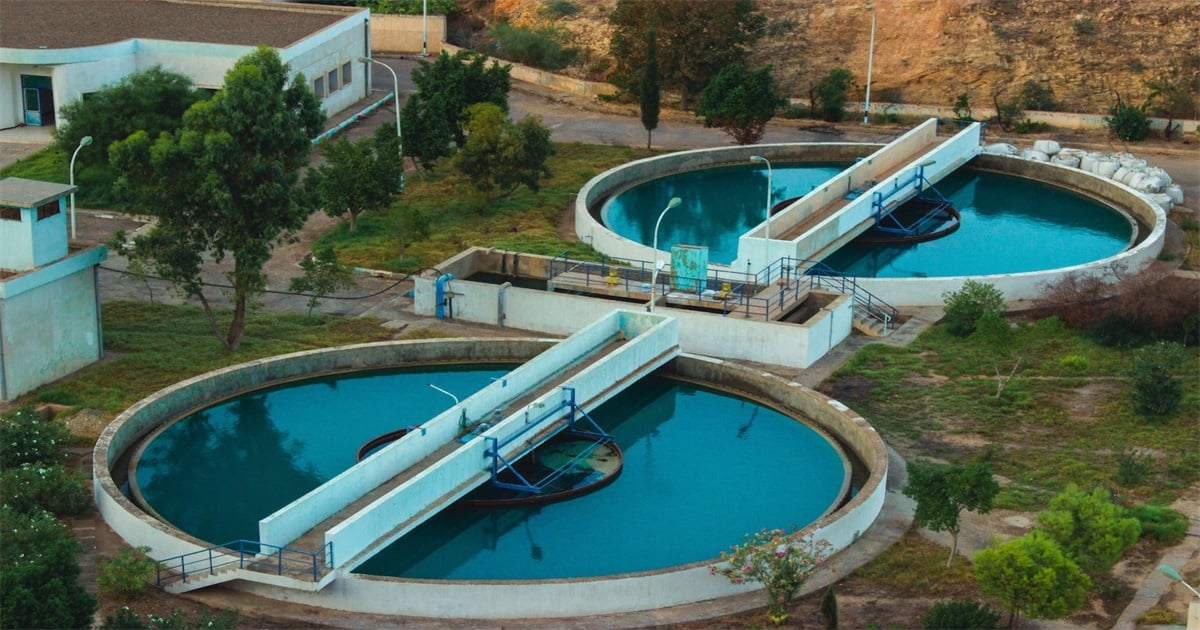Innovative Storm Water Installations: Techniques and Best Practices
Storm water management is a critical component of urban planning, aiming to mitigate flooding, reduce pollution, and maintain the ecological balance of water systems. As urban areas expand and climate change intensifies weather patterns, the need for innovative stormwater installations has never been greater. This article explores the latest techniques and best practices in storm water installations that are transforming cities into resilient and sustainable environments.
1. Green Infrastructure
Green infrastructure integrates natural systems with engineered solutions to manage storm water effectively. Key techniques include:
- Rain Gardens: These are shallow, planted depressions that absorb and filter runoff. They reduce flooding and improve water quality by filtering pollutants.
- Green Roofs: Vegetated roof covers that absorb rainwater, provide insulation, and reduce the heat island effect. They also extend the lifespan of roofing materials by protecting them from the elements.
- Bioswales: Channels designed to concentrate and convey storm water while removing debris and pollution. They are often planted with native vegetation that helps filter contaminants.
2. Permeable Pavements
Traditional pavements are impervious, causing run off to accumulate and potentially lead to flooding. Permeable pavements allow water to infiltrate the ground, reducing runoff and recharging groundwater. Types include:
- Porous Asphalt and Pervious Concrete: These materials have larger aggregate sizes and reduced fines, allowing water to pass through.
- Interlocking Pavers: Designed with gaps filled with gravel or grass, these pavers provide both structural support and permeability.
3. Retention and Detention Systems
These systems are designed to manage storm water by holding it temporarily and releasing it slowly to prevent overwhelming drainage systems.
- Retention Ponds: Permanent pools that capture and treat runoff, providing both flood control and habitat for wildlife.
- Detention Basins: Temporary storage areas that hold storm water and release it slowly through an outlet structure, reducing peak flow rates.
4. Rainwater Harvesting
Collecting and storing rainwater from roofs and other surfaces for reuse reduces the demand on municipal water systems and decreases runoff.
- Cisterns and Rain Barrels: Simple, cost-effective solutions for capturing rainwater. This water can be used for irrigation, reducing the need for potable water.
- Underground Storage Tanks: Larger, more complex systems that store significant volumes of water, suitable for commercial and industrial applications.
5. Advanced Filtration Systems
Innovative filtration systems are crucial for removing pollutants from storm water before it enters natural waterways.
- Constructed Wetlands: Engineered systems that mimic natural wetlands, filtering water through vegetation and soil.
- Sand and Organic Filters: These systems use sand or organic materials to trap sediments and pollutants, providing high levels of filtration.
6. Smart Technology Integration
The integration of smart technology into storm water management systems enhances monitoring and control capabilities.
- Sensor Networks: Placed in key locations, sensors provide real-time data on water levels, flow rates, and water quality, allowing for proactive management.
- Automated Control Systems: These systems adjust flow rates and storage capacities based on real-time data, optimizing the performance of storm water installations.
Best Practices for Implementation
- Holistic Planning: Incorporate storm water management into overall urban planning processes. This ensures that installations are effectively integrated with other infrastructure and land use.
- Community Involvement: Engage local communities in the planning and maintenance of storm water installations. Public awareness and participation can enhance the effectiveness and sustainability of these systems.
- Regular Maintenance: Establish routine maintenance schedules to ensure that installations remain functional and effective. This includes clearing debris, inspecting structural components, and monitoring vegetation health.
- Adaptive Management: Use data collected from monitoring systems to adapt and improve storm water management practices. Flexibility and responsiveness are key to addressing changing conditions and emerging challenges.
- Collaboration: Foster collaboration between government agencies, private developers, environmental organizations, and other stakeholders to leverage expertise and resources.
Conclusion
Innovative storm water installations are vital for creating resilient urban environments that can cope with the challenges posed by climate change and urbanization. By implementing green infrastructure, permeable pavements, retention and detention systems, rainwater harvesting, advanced filtration systems, and smart technologies, cities can effectively manage storm water, reduce flooding, improve water quality, and enhance the overall quality of life for their residents. Through holistic planning, community involvement, regular maintenance, adaptive management, and collaboration, these techniques and best practices can be successfully implemented, paving the way for a sustainable future.
Keep an eye for more news & updates on Discover Tribune






